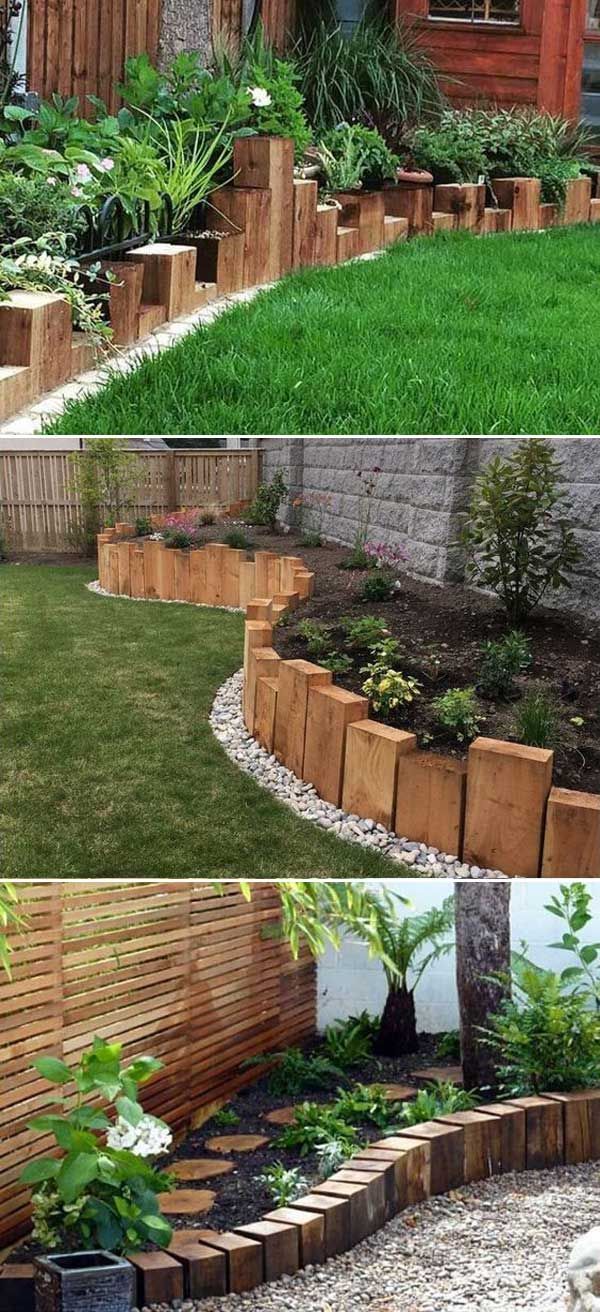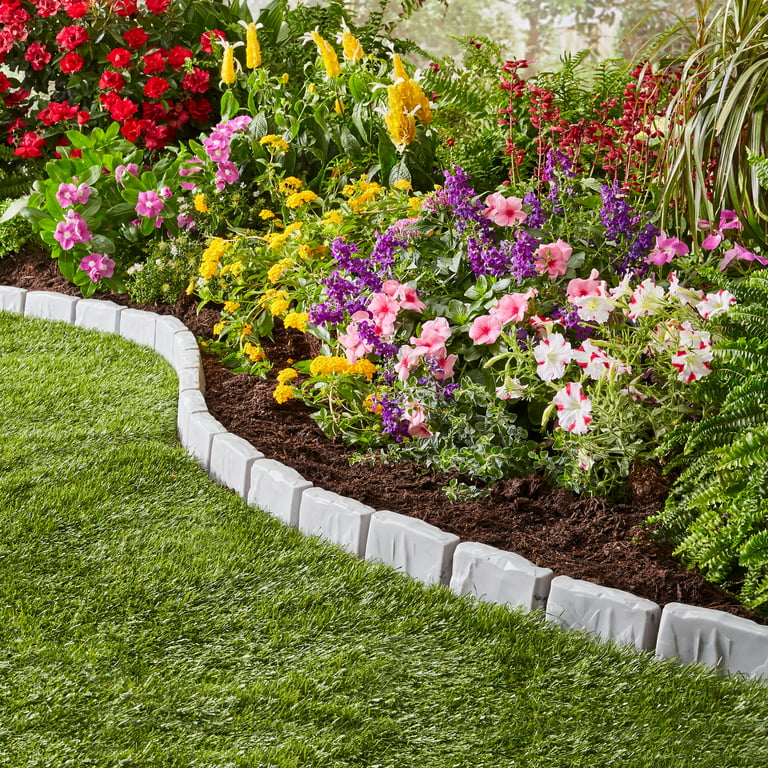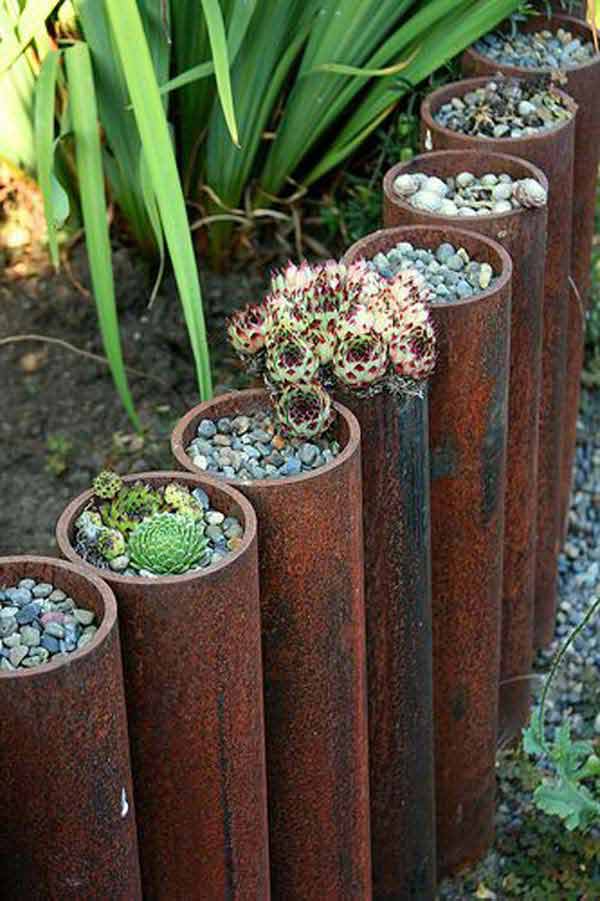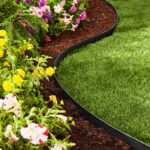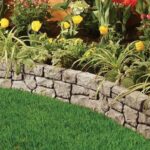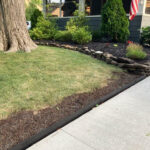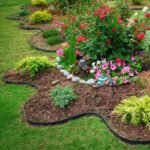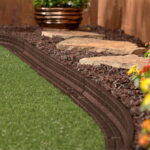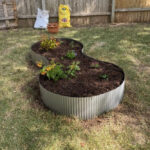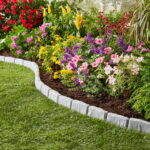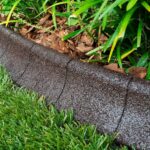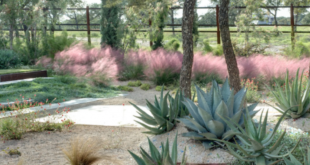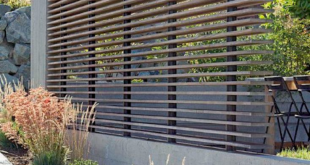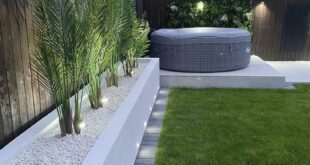Garden edging is an important aspect of landscape design that often goes overlooked. Not only does edging provide a clean and polished look to the garden, but it also serves practical purposes such as containing mulch, defining garden beds, and preventing grass and weeds from encroaching on flower beds.
There are many materials available for garden edging, each with its own advantages and drawbacks. Common materials include metal, plastic, wood, stone, brick, and concrete. Metal and plastic edging are popular choices for their affordability and flexibility, while stone and brick edging offer a timeless and elegant look. Concrete edging is durable and long-lasting, but can be more expensive and difficult to install.
When choosing the right material for garden edging, it is important to consider the overall aesthetic of the garden as well as the climate and maintenance requirements. For example, wooden edging may not be suitable for wet or humid climates as it can rot and attract pests, while plastic edging may become brittle and crack in extreme temperatures.
In addition to choosing the right material, proper installation is key to ensuring the longevity and effectiveness of garden edging. It is important to prepare the ground properly by removing any existing grass or weeds, leveling the soil, and creating a firm base for the edging material. The edging should be installed at the appropriate depth to prevent grass and weeds from growing underneath and should be anchored securely to the ground.
Maintaining garden edging is relatively simple and can be done with regular upkeep such as weeding, trimming, and redefining the edges as needed. This will help keep the garden looking neat and tidy while also preserving the integrity of the edging material. With the right choice of material, proper installation, and regular maintenance, garden edging can enhance the beauty and functionality of any outdoor space.
 yishifashion Where Outdoor Dreams Become Reality
yishifashion Where Outdoor Dreams Become Reality
